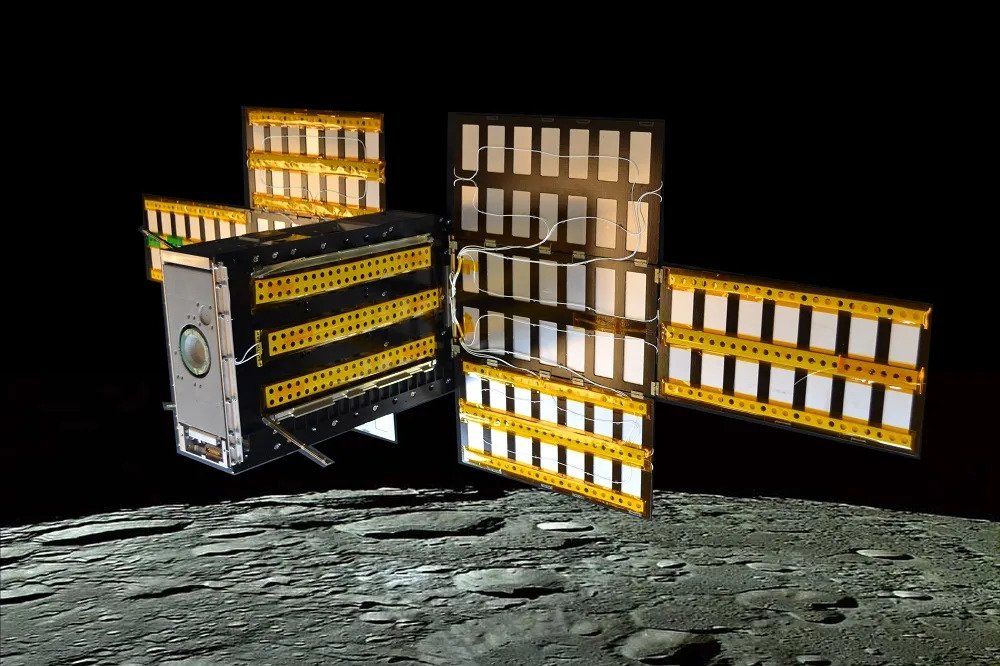The LunaH-Map spacecraft, launched into lunar orbit as part of the Artemis I mission last autumn, cannot activate the engine. Experts believe that the reason for this is a delay of several months between installing it on the rocket adapter and its launch.

Last attempt to start the LunaH-Map engine
The LunaH-Map mission may cease its work at the end of this month without actually starting it. This spacecraft consisted of six cubesats connected together. Using an ion engine, it was supposed to go into orbit around the Moon and begin circling over its south pole.
Above it, it was supposed to use a neutron spectrometer located on board and begin mapping hydrogen on the lunar surface. Thus, scientists planned to find hidden deposits of water ice.
However, it was not possible to start the mission. At a conference on small interplanetary vehicles, Chief Craig Hardgrove from the University of Alabama said that all the instruments on board were fully operational. However, the engineers failed to start the engine of the spacecraft. They have tried to warm up the gaseous iodine, which it uses as fuel, but the valve regulating its supply has not worked.
Now the engineers have the only opportunity left. They will try to heat the entire propulsion system in the hope that it will create additional gas pressure and will finally be able to open the valve. If this cannot be done, then the mission will have to be completed.
All the matter in the delay
According to Hardgrove, the project management expected such a development even before the launch and warned NASA about it. The fact is that the BIT-3 ion engine from Busek is not designed to be stored in a refueled state for longer than 4-5 months. It was installed on the SLS rocket in mid-2021, and it was launched only in October 2022.
According to experts, during this time, iodine could simply evaporate. However, there was simply no way to check it or even fix it for engineers. After the cubesat was installed in the fairing of the rocket, it was impossible to get to it for maintenance.
By the way, this is not the only one of the small vehicles that have been launched into space within the framework of Artemis I, which mission ended before it began. And here the experts at least understand what the problem is. Some other spacecraft simply did not get in touch.
This is exactly the fate that befell NEA Scout; a small spacecraft that was supposed to deploy a solar sail and fly towards a near-Earth asteroid. To date, experts have finally given up trying to contact it and revive it.
According to spacenews.com
Follow us on Twitter to get the most interesting space news in time
https://twitter.com/ust_magazine

